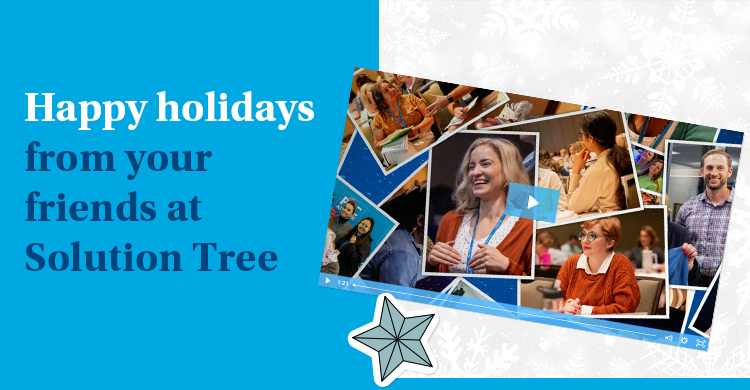Dear School Administrators,
A question often asked during professional development workshops on professional learning communities is: “How do we sustain the PLC process from one year to the next?” I also hear comments such as, “Each year there are new people on our staff who don’t have an understanding of how to live in a PLC, so we start over again.” Others say, “Each year it seems we are starting from the beginning because of the gap in the routines over the summer and people want to go back to the way school life was before PLC.” And yet others state, “We can’t sustain the PLC process when administrators keep changing.” For these scenarios there is no one correct answer; you will need several strategies to sustain the lifestyle of a PLC.
Merriam Webster offers several definitions of sustain, one of which is “To provide what is needed for (something or someone) to exist, continue, etc.”
Exist and continue are exactly what so many educators long for when they discover an improvement process is working, and thus the questions keep coming about sustaining. So I would like to offer a few suggestions which came from facilitating focused conversations with leadership team members at different schools on strategies used to sustain our PLC efforts.
When vacancies occurred, we encouraged the members of the team with the vacancy to be part of the hiring process. They would review resumes and set up meetings with prospective teachers, provide me with their top candidates, and I would quickly schedule an official interview to see if they would join us the following year.
Once Human Resources contracts the teacher to work at our school, we provide the new hire with a copy of the team’s notebook from the previous year. This notebook comes from the team they are joining and includes team agendas, notes, monthly lists of essential skills, common assessments, data from common assessments, and other data the team focused on throughout the year.
The new person would get a copy of essential skills their students would be expected to learn in the first four weeks of instruction. Some would ask, “Is that all we have to cover?” We would chuckle and say of course not, you have to cover your curriculum, but you and your team will guarantee all students in your grade or subject will learn the agreed upon essential skills. We explain that the first set of essential skills were agreed on by the team they are joining as they ended the school year, and how the new hire will be involved in the discussion and commitment to the second set of skills. This information is easy to provide because providing a list of next year’s essential skills and a copy of the first common assessment for the following year are part of the teacher checkout process at our school.
Before school lets out at the end of the year, the leadership team identifies articles on PLCs, formative assessments, essential skills, schedules for collaboration, interventions, etc. We had already agreed that more staff check their daily US mail than their work email during the summer. Therefore, we addressed envelopes by hand (yes, “old school”) and sent them to homes throughout the summer. The system worked very well; think of this as a summer reading list for adults.
Among several other strategies each leadership team member committed to is to mentor someone in our building to fill in for the leadership team member in their absence. This was done to sustain the work of the leadership team even when certain members are unable to attend a meeting. This strategy ensures all seats are filled at each meeting. This does not mean, however, that if the mentor leaves the position, the mentee will automatically move into the position. It does, however, mean we are building leadership from within to sustain our efforts.
Including your faculty in the design of ways to sustain the PLC process can lead to a schoolwide culture focused on sustaining, instead of only the administrators having the responsibility of sustaining the efforts. In my former school system, principals were constantly learning from each other and being challenged by our supervisors to share evidence of progress on our PLC journey.
As you can see, there is no one answer to sustain and maintain your school’s or school system’s momentum. However, I can suggest this: it will not sustain itself if you chose to ignore the importance of the work. Your challenge is to identify several specific strategies to sustain the movement from one year to the next and to develop and disperse leadership among your teachers, guidance counselors, instructional coaches, and any others on your faculty. Are you ready to start facilitating focused conversations on sustainability or will the year start with new initiatives, different priorities, and distractions? Don’t allow the next school year to end with the rhetorical question, “How will we sustain our PLC efforts?”
I hope you found these ideas helpful. Many of you have additional incredible strategies in place; please help others by posting your sustaining strategies here.
[author_bio id=”313″]






